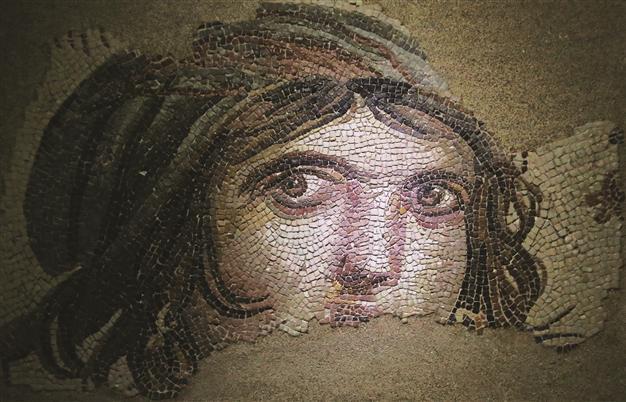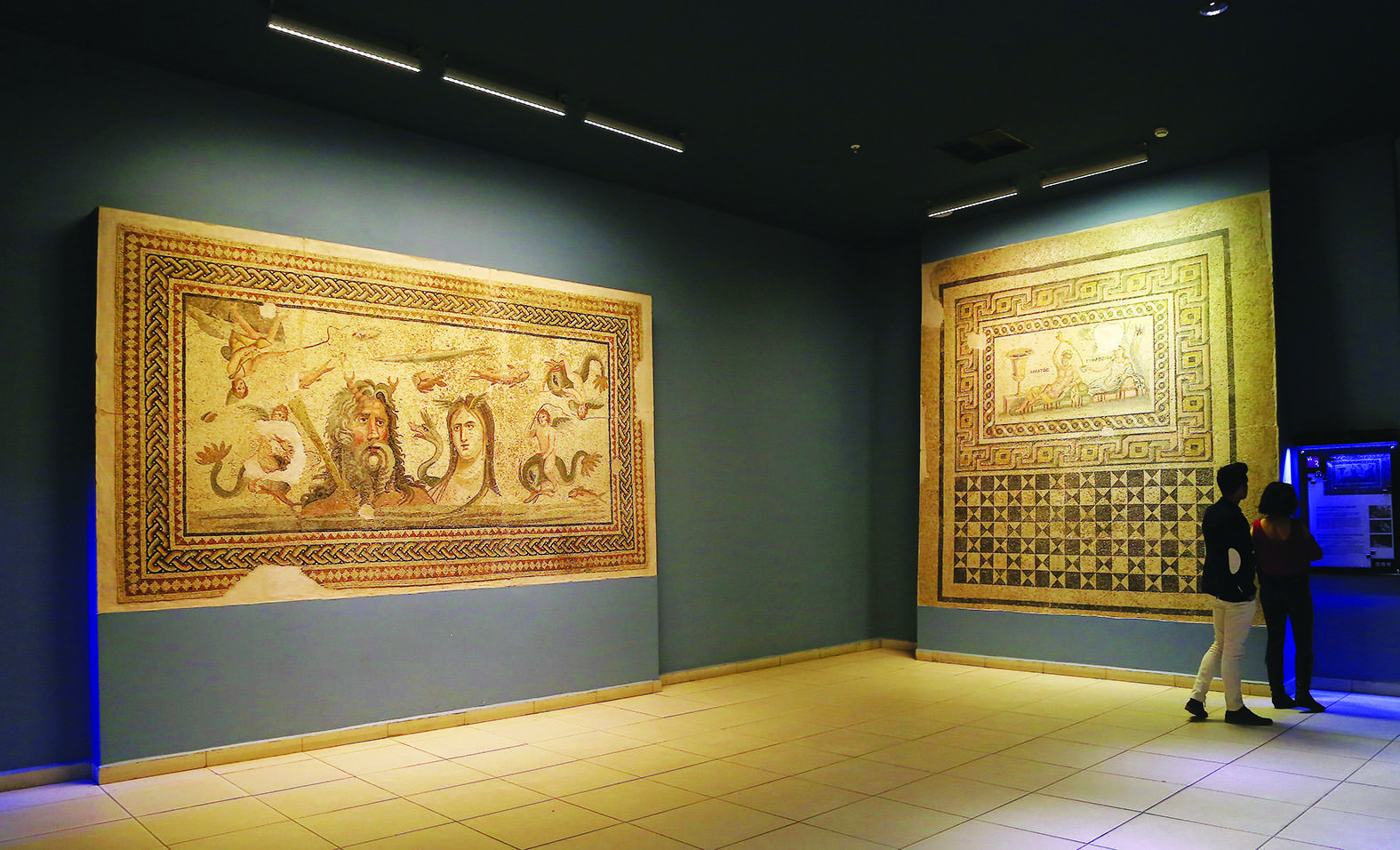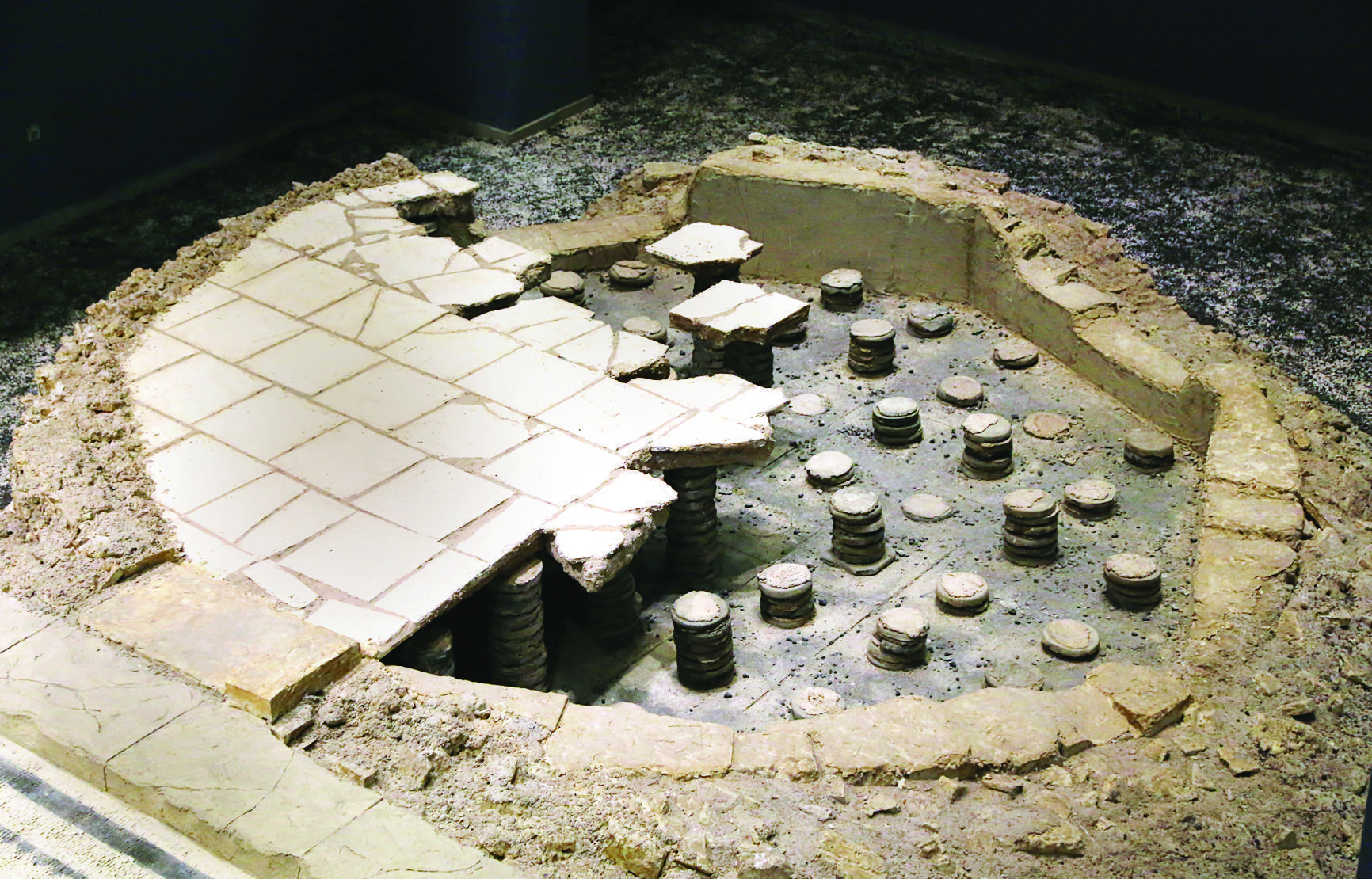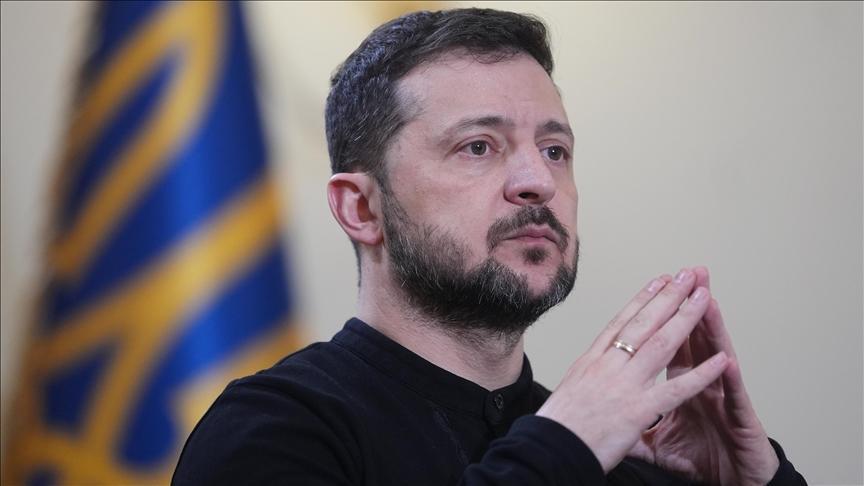Excavations reveal history in Gaziantep
GAZİANTEP – Anadolu Agency

AA Photo
Archaeological excavations have been ongoing in four different spots in the southeastern province of Gaziantep, which is one of the oldest settlements in the world.Italian Nicolo Marchetti is the head of the Karkamış excavations while German Engelbert Winter leads the Dülük excavations. Meanwhile, American David Scholen is leading work in Zincirli Höyük and Turkish Ankara University Professor Kutalmış Görkay is the leader of the ancient city of Zeugma’s excavations.
The highlights of the excavations include the Gypsy Girl mosaic, unearthed in Zeugma, which dates back to 300 B.C. and the biggest stela (a stone or wooden slab erected as a commemorative monument) of the Babylon King Nebuchadnezzar, which was found in Karkamış and dates back to 3,300 B.C.
In the ancient city of Dülük, with settlements dating back to 6,000 B.C., stela and temple remains were unearthed. Ruins of historic buildings and the walls and foundation of a palace were among the findings unearthed in the 5,000-year-old Zincirli mound.


History of the region revealed
The Provincial Culture and Tourism Director Ergun Özuslu said Gaziantep and its vicinity were extremely rich in terms of archaeology.
“Works in environmental arrangement have continued to open these historic places to tourism. The archaeopark work in Karkamış will end this year. Excavations continue non-stop in the temple area of Dülük. These successful excavations reveal the history of the southeastern region,” he said.
 Özuslu said they tried to establish new fields to meet the needs of tourists, as all the ancient areas in the city would open to tourism.
Özuslu said they tried to establish new fields to meet the needs of tourists, as all the ancient areas in the city would open to tourism. He said that they also focused on promotional work, via brochures and websites, where they “promote [Turkey’s] richness in national and international fairs.”
Noting that the number of local and foreign tourists was rising every year, Özuslu said more than 442,000 people visited Gaziantep last year.
“The Gaziantep Mosaic Museum was visited by 206,256 people last year. Thirty thousand more people visited the museum compared to the previous year. We expect this figure to reach 250,000. Our purpose is to promote the richness of the city to more people,” he added.
He said that renovations in the Gaziantep Archaeology Museum would be finished by the end of the year, and the museum would open to tourists again.
















